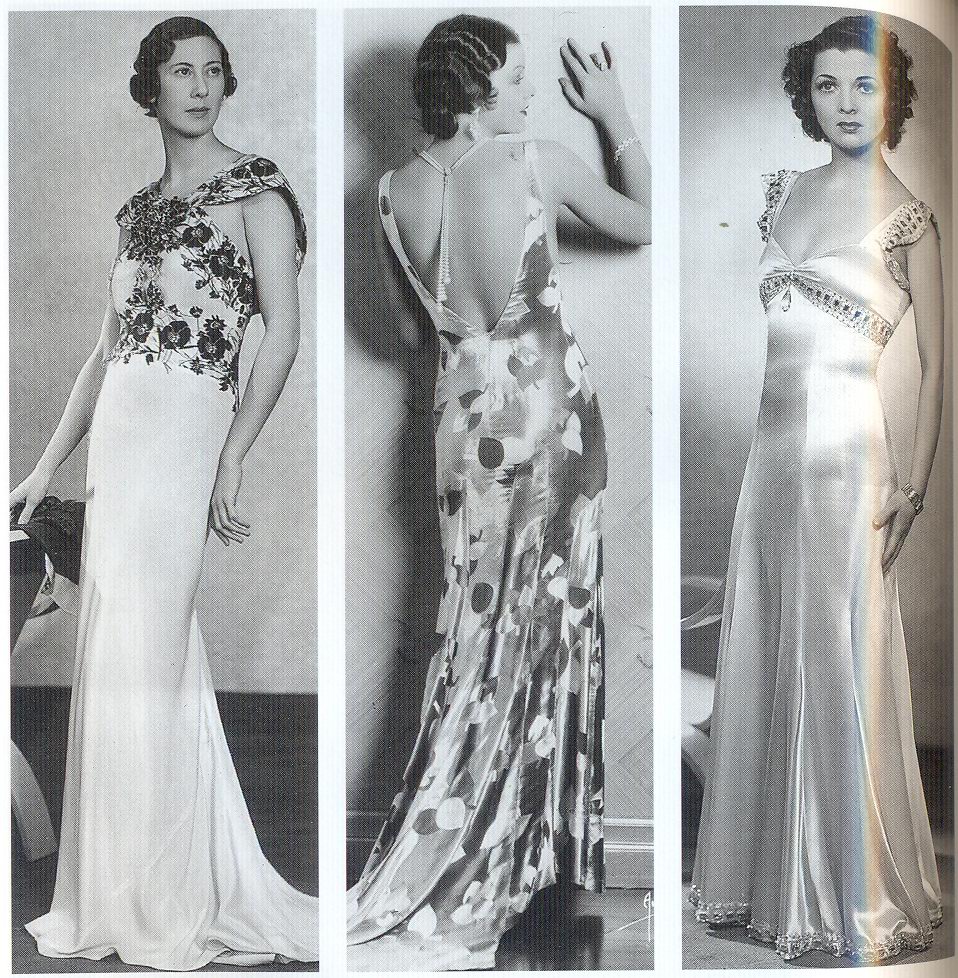Another war began for Britain, rationing was no option it was key to getting the country through the war. Not only was food rationed so was clothing. Everyone was given a book of 66 coupons to use to buy new clothes for one year.
This was cut to 48 in 1942 and 36 in 1943. Each item of clothing cost a certain number of coupons.
| Item | Men | Women | Children |
| Raincoat | 16 | 15 | 11 |
| Overcoat | 7 | 7 | 4 |
| Jacket | 13 | 12 | 8 |
| Shirt/Blouse | 5 | 4 | 3 |
| Jumper/Cardigan | 5 | 5 | 3 |
| Trousers | 8 | 8 | 6 |
| Shorts | 3 | 3 | 2 |
| Skirt | 8 | 6 | |
| Boots/Shoes | 7 | 5 | 3 |
| Nightdress/Pyjamas | 8 | 6 | 6 |
| Underpants/Knickers/Vest | 3 | 3 | 2 |
| Socks/Stockings | 2 | 2 | 1 |
Second hand clothes were not rationed and children's clothes were handed down from one child to the next or sold on to other families. The government used the slogan 'Mend and Make Do' to encourage people to repair or patch torn or worn clothes.
With the war going on fashion was on going with Chanel introducing sports wear for women.
The oxford bags were also a statement piece for men showcasing a higher waist with the flared style trouser.
The 1930s was seen as a respectable manner era with the butterfly sleeve and the exaggerated shoulder pads. The period also saw the first widespread use of man-made fibres, especially rayon for dresses and viscose for linings and lingerie, and synthetic nylon stockings. The Great Depression began to affect the public, and a more conservative approach to fashion displaced that of the 1920s. Skirts became longer and the waist-line was returned up to its normal position in an attempt to bring back the traditional feminine look.
1947 The full skirt was introduced by Christian Dior.
The bikini was another major trend which was introduced during the 1930's which made a big impact on the world of fashion.

Art Deco was a new visual art design that popularised through the 1930's. The style is often characterized by rich colors and bold geometric shapes. Art Deco represented luxury, glamor, exuberance, and faith in social and technological progress.
The Bias cut during the 1930s became was worn by many women following the respectable manner dress sence approach as were the Godet (fish tail) dresses. A bias cut is a piece of woven fabric cut on a 45 degree angle to its warp and weft threads.






No comments:
Post a Comment